

1900 Exhibitors, 220,000 Visitors, 1 Question: What Will Shape the Next Era of Home Innovation? From September 5–10, Messe Berlin once again became the epicentre of global innovation as IFA 2025 welcomed over 1,900 companies from 49 countries. Across five exhibition days and two dedicated media days, brands unveiled everything from AI-powered appliances to emotional robotics, transforming 190,000 m² into a living map of what's next in consumer electronics and home innovation. PHOENIX was on the ground, navigating smart home ecosystems, connected kitchens, design partnerships, and the fast-evolving tension between technological sophistication and emotional simplicity. Here's what we saw, our insights and what it means for the future of innovative product design.
While this year's fair was bursting with ambition, an apparent emotional disconnect ran through many of the product narratives. Despite impressive booths, flawless surfaces, and intelligent automation, the question lingered: Where is the human?
From robotic vacuums and lawn mowers to orchestral AI-powered kitchens, the tone was often sterile—emphasising capability over connection. While brands like TCL and Samsung demonstrated tech elegance and clarity, the warmth of a meaningful experience was often missing.
This is where design for wellbeing needs to step in. PHOENIX see the necessity of closing the gap between utility and empathy.
AI has evolved from a buzzword to a background intelligence, now reframing itself as a silent partner in daily life. LG's ThinQ Appliances Orchestra and Samsung's Vision AI demonstrated how products can synchronise behaviour to user patterns, while agentic AI features (like Asko's Laundry Agent) learned from user habits to automate better.
The shift was clear: AI isn't a layer — it’s a design ecosystem.
From Neura Robotics' humanoids to TCL's child-focused companions, the fair made one thing clear: assistive robots are entering the mainstream. They climb stairs, sort laundry, monitor rooms and increasingly, they aim to engage emotionally, not just functionally.
But we noticed: many lacked a purpose-driven narrative. It's time to move from "can do" to "should do."
The outdoors became a new frontier for connected experiences. Miele and Liebherr brought luxury kitchens outdoors, while Roborock and Yarbo showcased autonomous lawn and snow solutions. The fusion of product innovation and environmental design is redefining the edges of the home.
Among major players like Bosch, Siemens, Miele, and Haier, AI was everywhere — but not always strategically integrated. While Bosch leaned into the “AI-ready” message, its use cases felt thin. Miele, in contrast, stood out with tactile design cues (vacuum cleaners with textile finishes) and an elegant booth that emphasised craft over gimmick.
Liebherr and Gorenje added sensorial layers — scent and materiality — offering moments of emotional texture in a mostly visual-driven space.
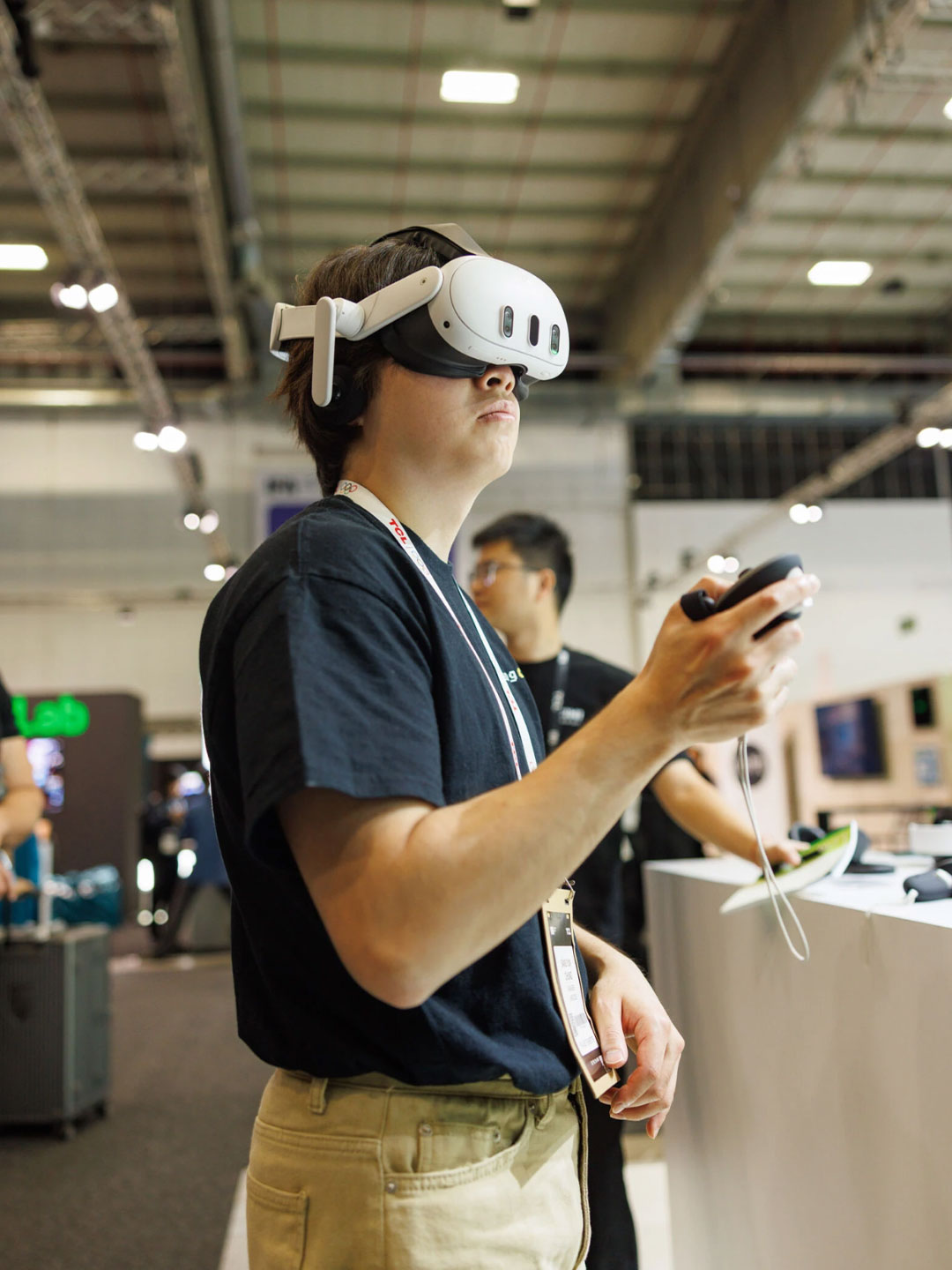
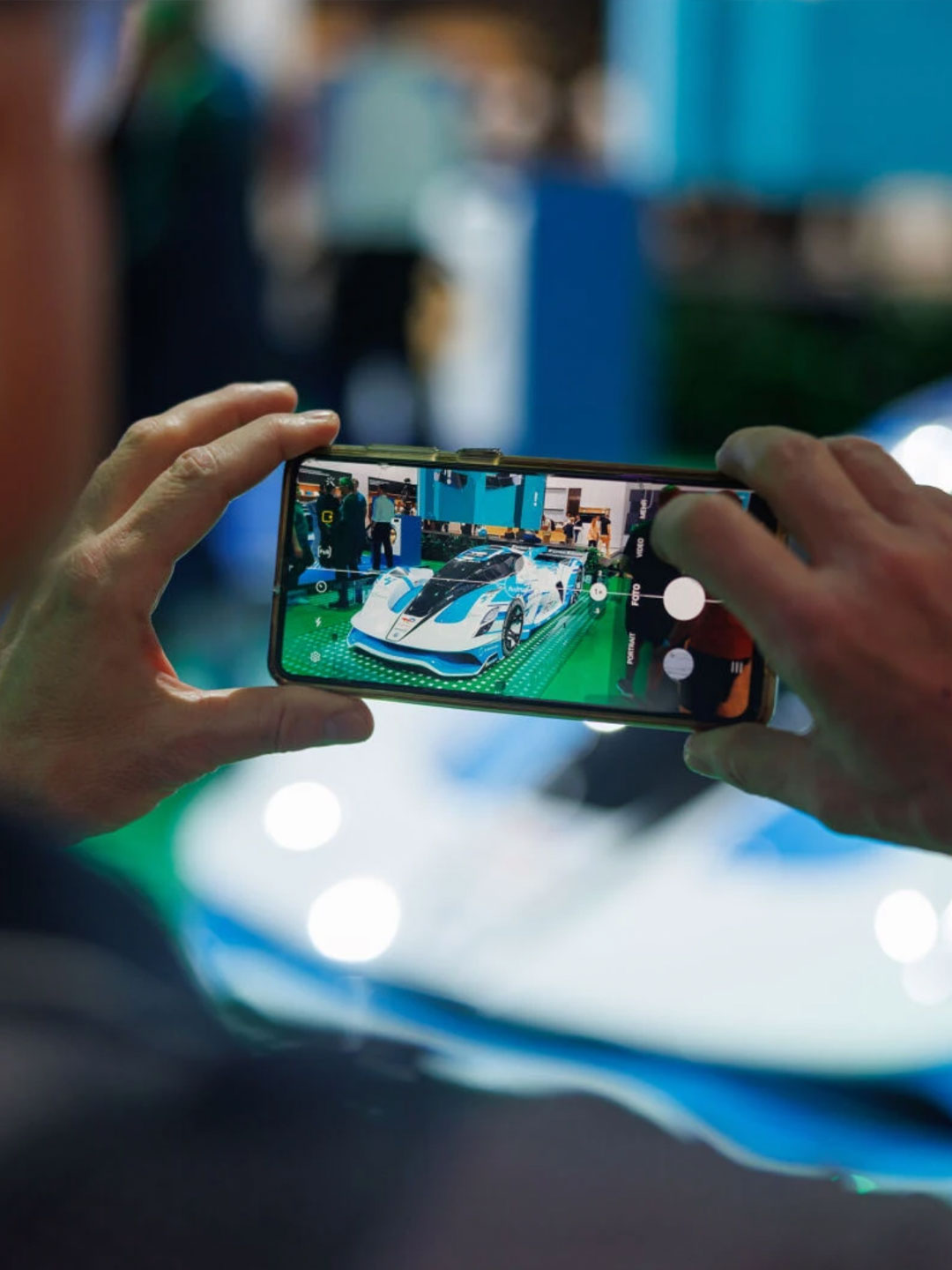
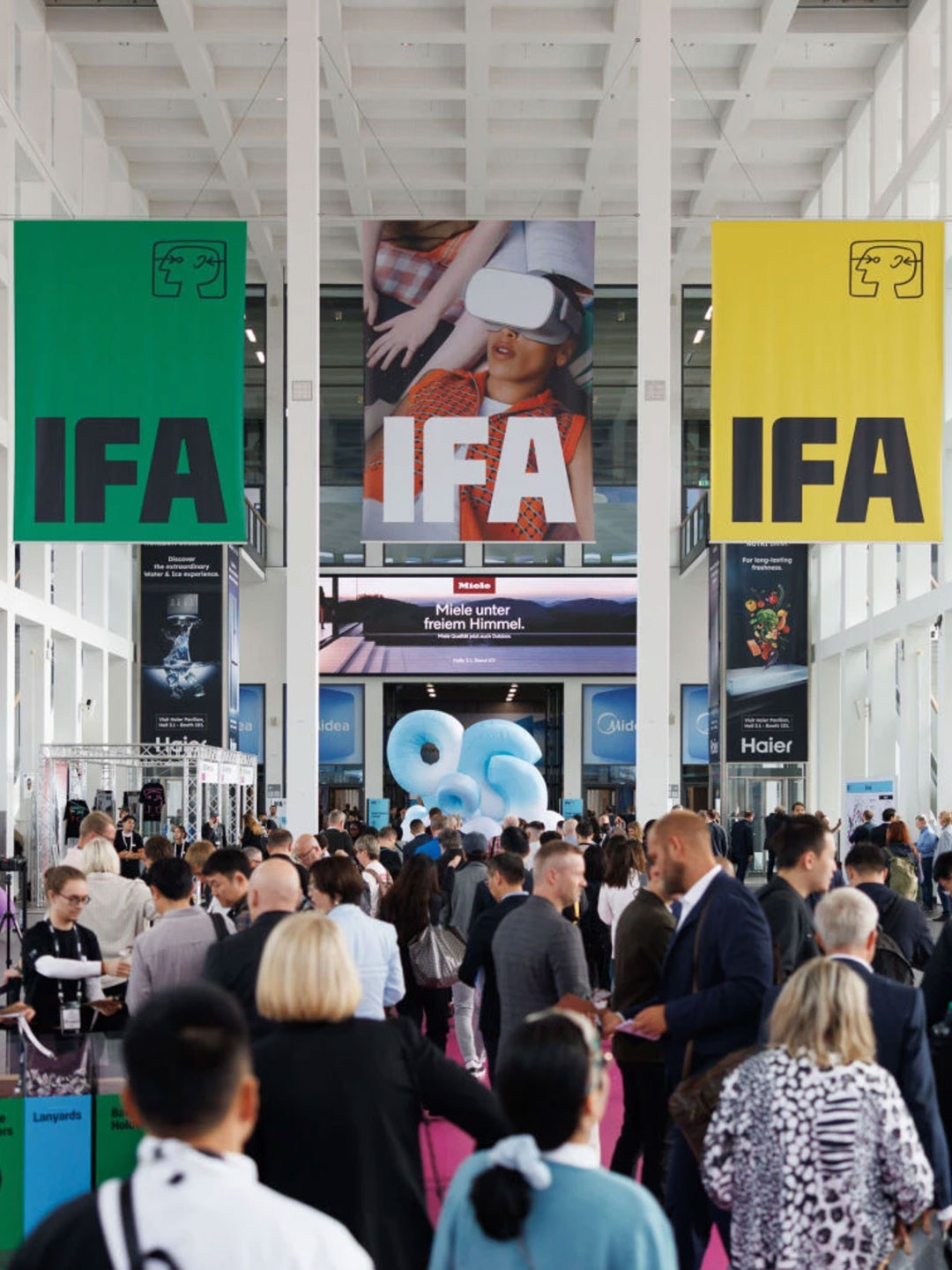
Whether from Germany, Korea, or China, most brands played the design consistency game well. Visually, product lines felt unified, premium, and well-finished.
However, price and performance are becoming bigger differentiators than brand identity. As Asian challengers enter the European stage with premium build quality and competitive pricing, legacy brands will need to design deeper emotional and systemic value.
IFA 2025 made one thing abundantly clear: the future will be connected, intelligent, and beautifully engineered. But without human-centred strategies and design for wellbeing, it risks becoming emotionally irrelevant.
As a product innovation studio, PHOENIX sees a clear mandate: merge the power of AI and data with strategic design thinking that reflects real needs, emotions, and values.
This isn't just about what products can do. It's about what they mean.
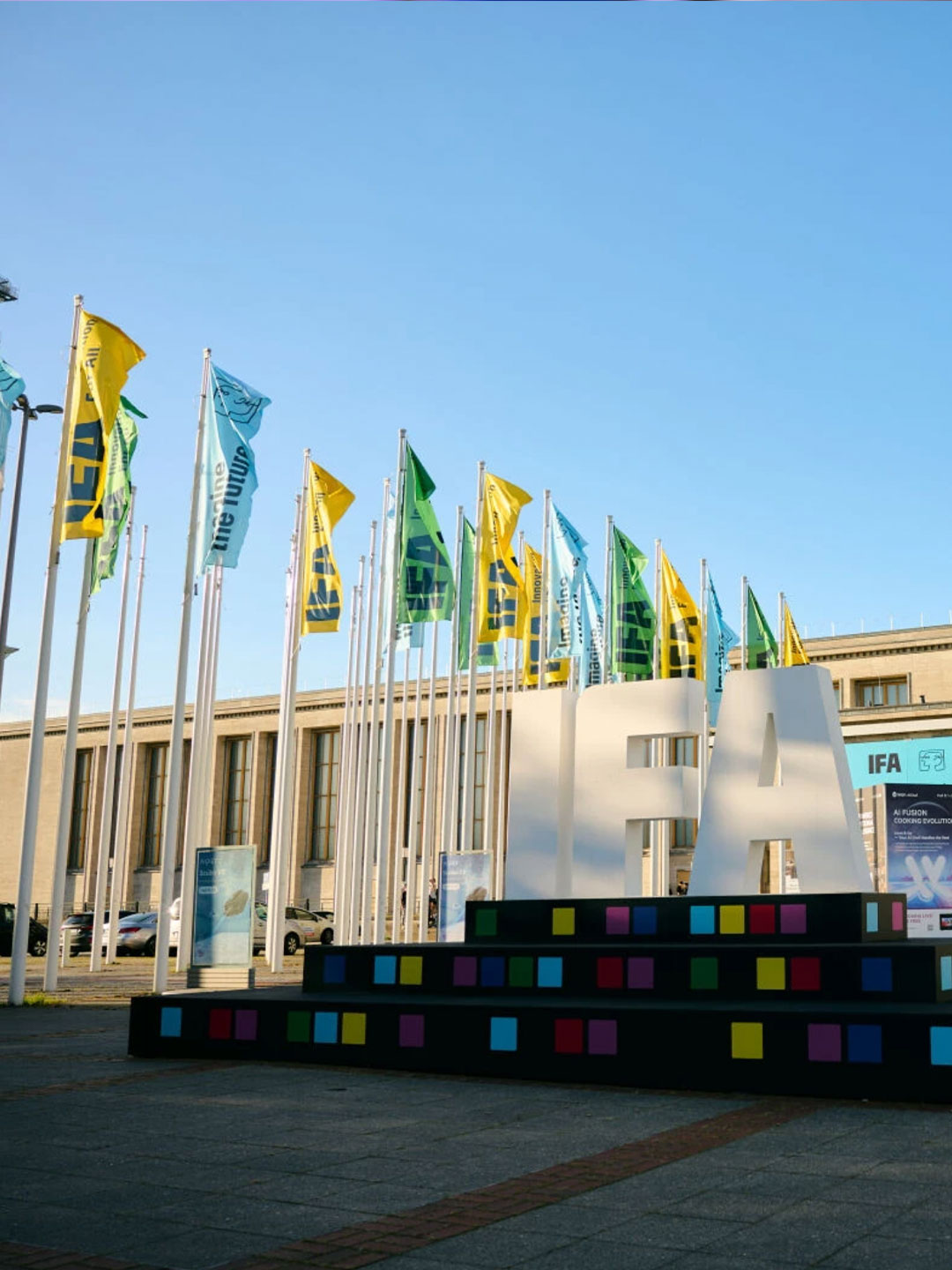
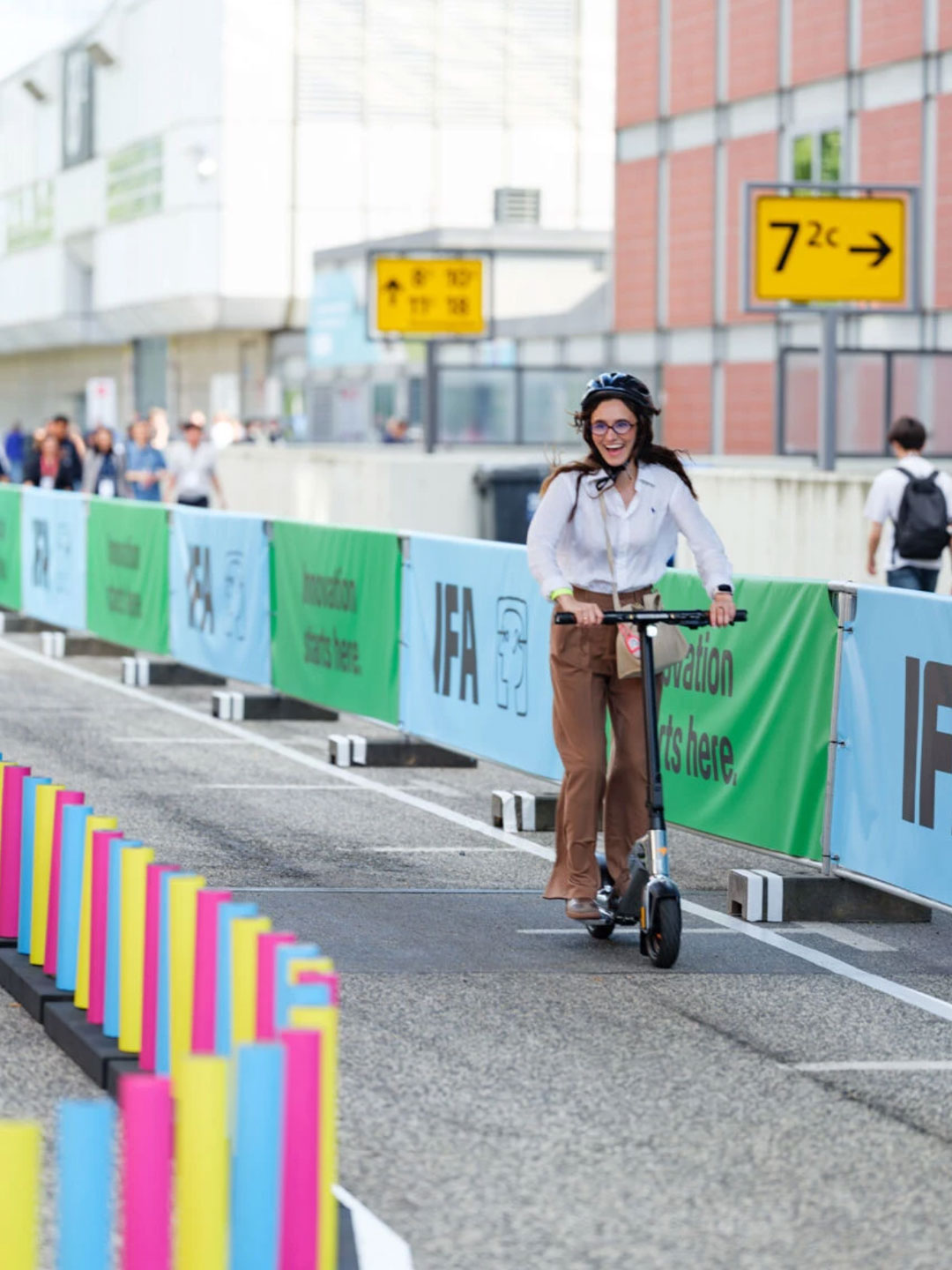
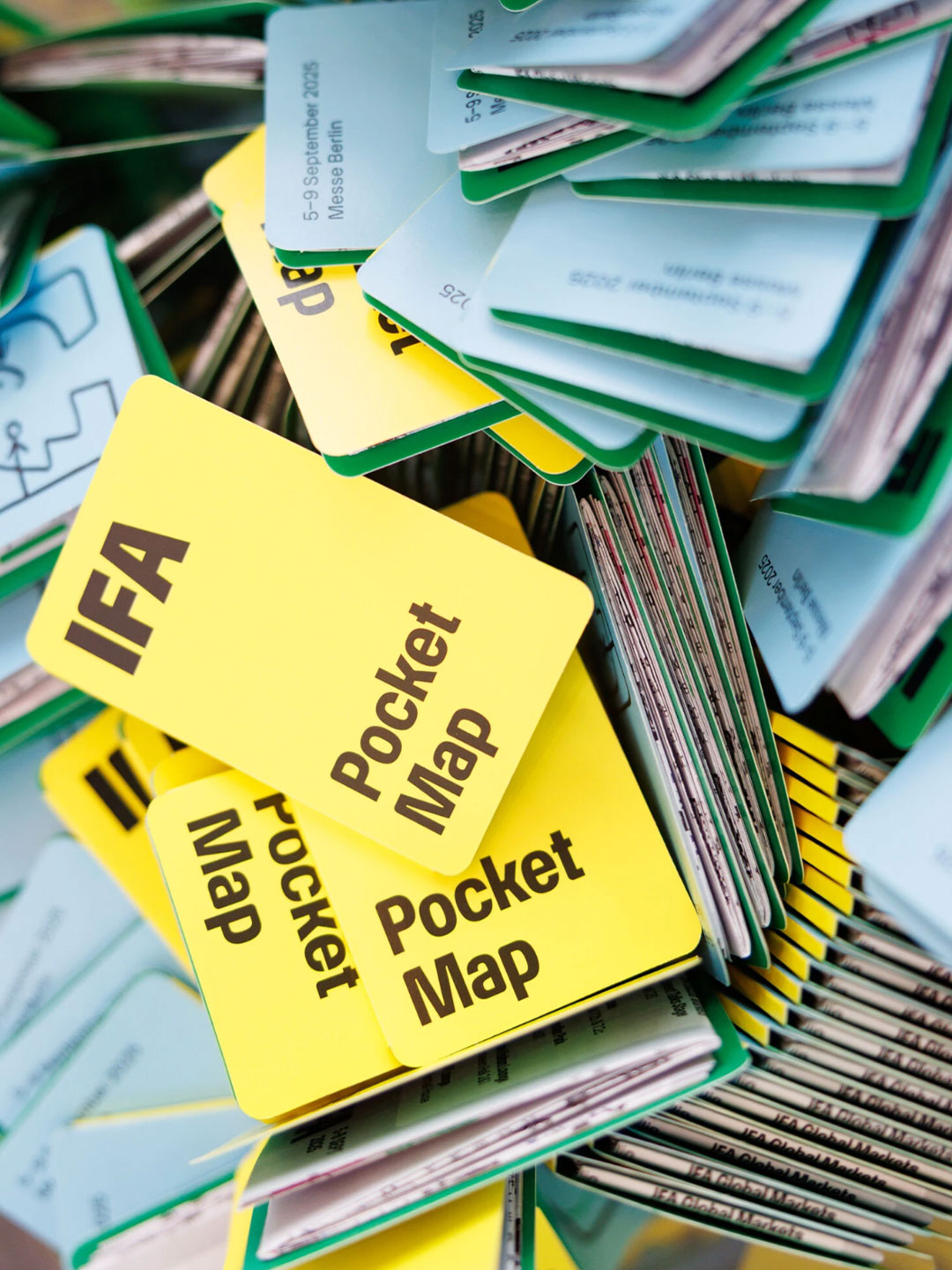
We’ve compiled all key trends, insights, and visual highlights in a detailed IFA 2025 Fair Report.
Alternatively, you can reach out directly to our team for a personalised walkthrough of the most relevant trends for your business.